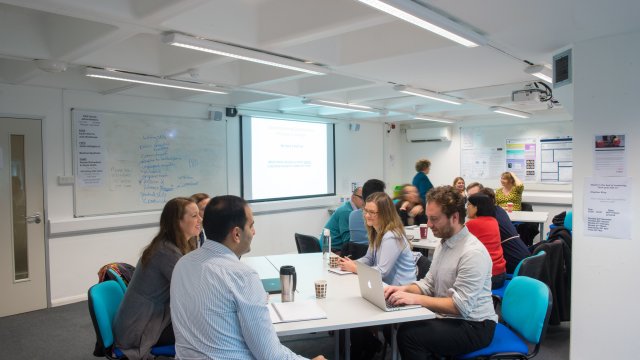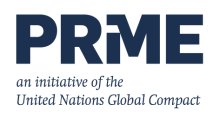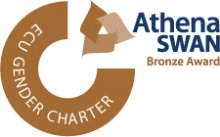Surrey Business School
Incubating vibrant futures
We drive positive change and shape brighter futures for businesses and society. Our innovative programmes are designed to cultivate responsible, visionary, and transformative leaders, experts, and changemakers. We lead societal progress through impactful research, strategic partnerships, and active engagement with key stakeholders, contributing to the achievement of UN SDGs.
World leading
Ranked top 50 in the world for business administration and top 100 for management in the Shanghai Global Rankings 2024
Welcome to the School
Our vibrant student community is at the heart of everything we do. Learn more about our career support, placement opportunities, the international community, extra-curricular activities and research.
Study with us
Our specialisms include the study of digital advances, leadership, organisational behaviours and sustainable enterprise.

International opportunities
Many of our students take the opportunity to study abroad with our international exchange partners which include the University of Sydney in Australia, Seoul National University in South Korea and the University of Hong Kong.
Research
We are investing in pioneering research because we are dedicated to improving business practice and creating a sustainable and positive change. By blending the rigour of high quality impactful research and the strengths of a technology-led university, we are delivering solutions which are relevant in these rapidly changing times.
The Human Insight Lab
At the Human Insight Lab, we uncover and apply insights from human behaviour to optimise business performance. Whether we’re studying how consumers engage with an app or website, understanding their emotional responses to complex decisions, or co-developing a digital product, our aim is to identify what works – and why.
Explore our HI-Lab
Assist in advancing our research.
Recent case studies

Enterprise
Capturing knowledge and inspiring ambition, we are collaborating with enterprises and organisations to develop practical solutions and insights to solve real business challenges.
Events
Our staff members
Professor Iis Tussyadiah
Dean of Surrey Business School
Accreditation and memberships
We are accredited by both the Association to Advance Collegiate Schools of Business (AACSB) and the Association of MBAs (AMBA). Institutions that earn accreditation confirm their commitment to quality and continuous improvement. We are a signatory of the UN Principles for Responsible Management Education (PRME). The Athena SWAN Bronze Award recognises the work Surrey Business School has undertaken to create an inclusive culture that values all staff. The MSc Business Analytics programme is endorsed by IIBA (the International Institute of Business Analysis). We also have memberships with the Chartered Association of Business Schools (CABS) and the European Foundation for Management Development (EFMD)—organisations committed to the development of business schools and management education.































